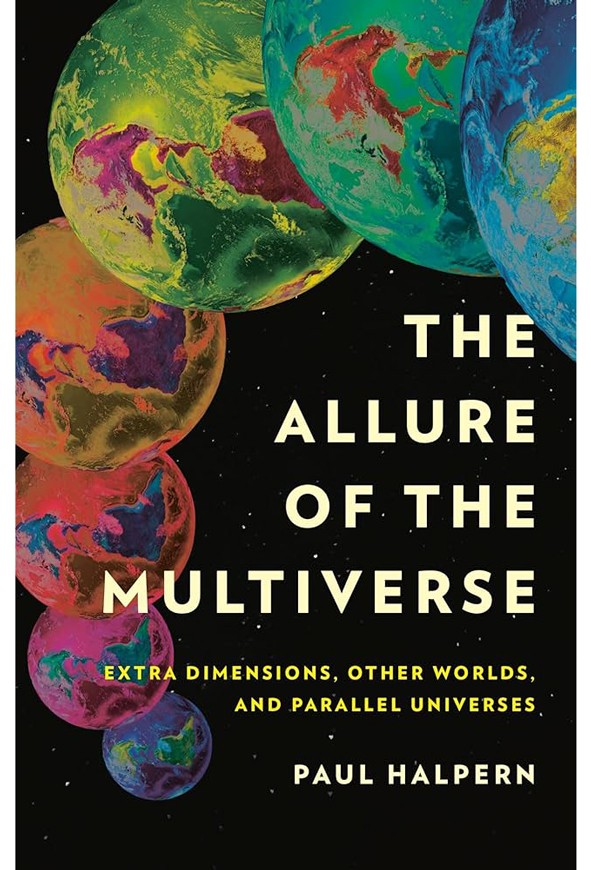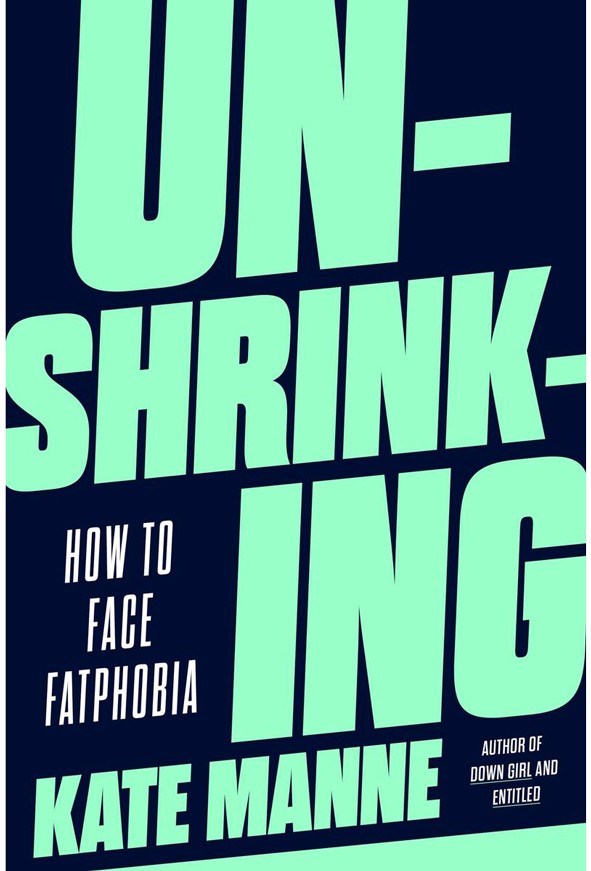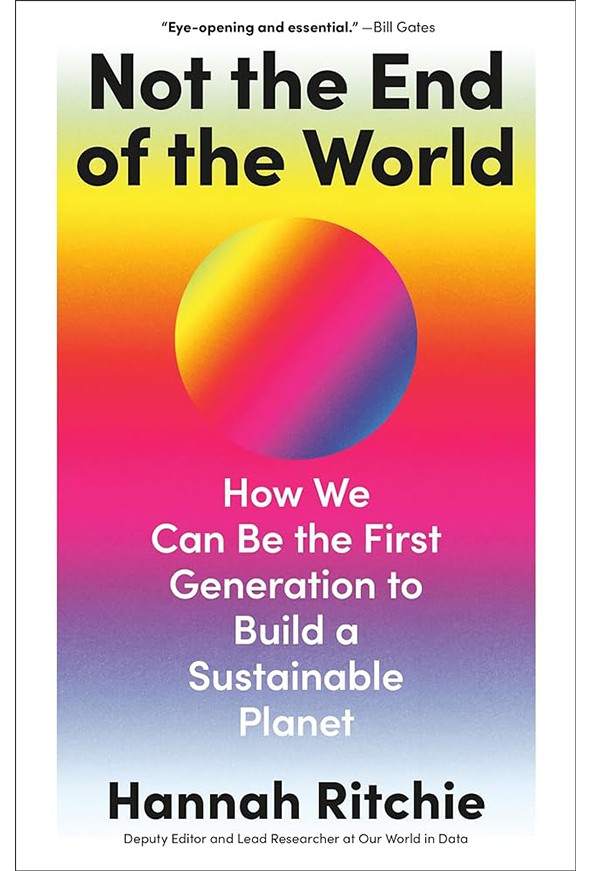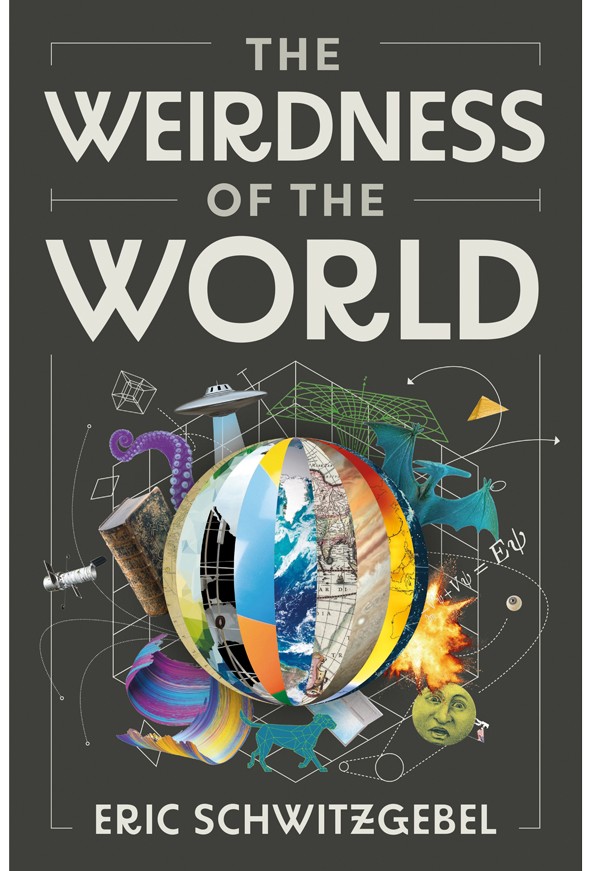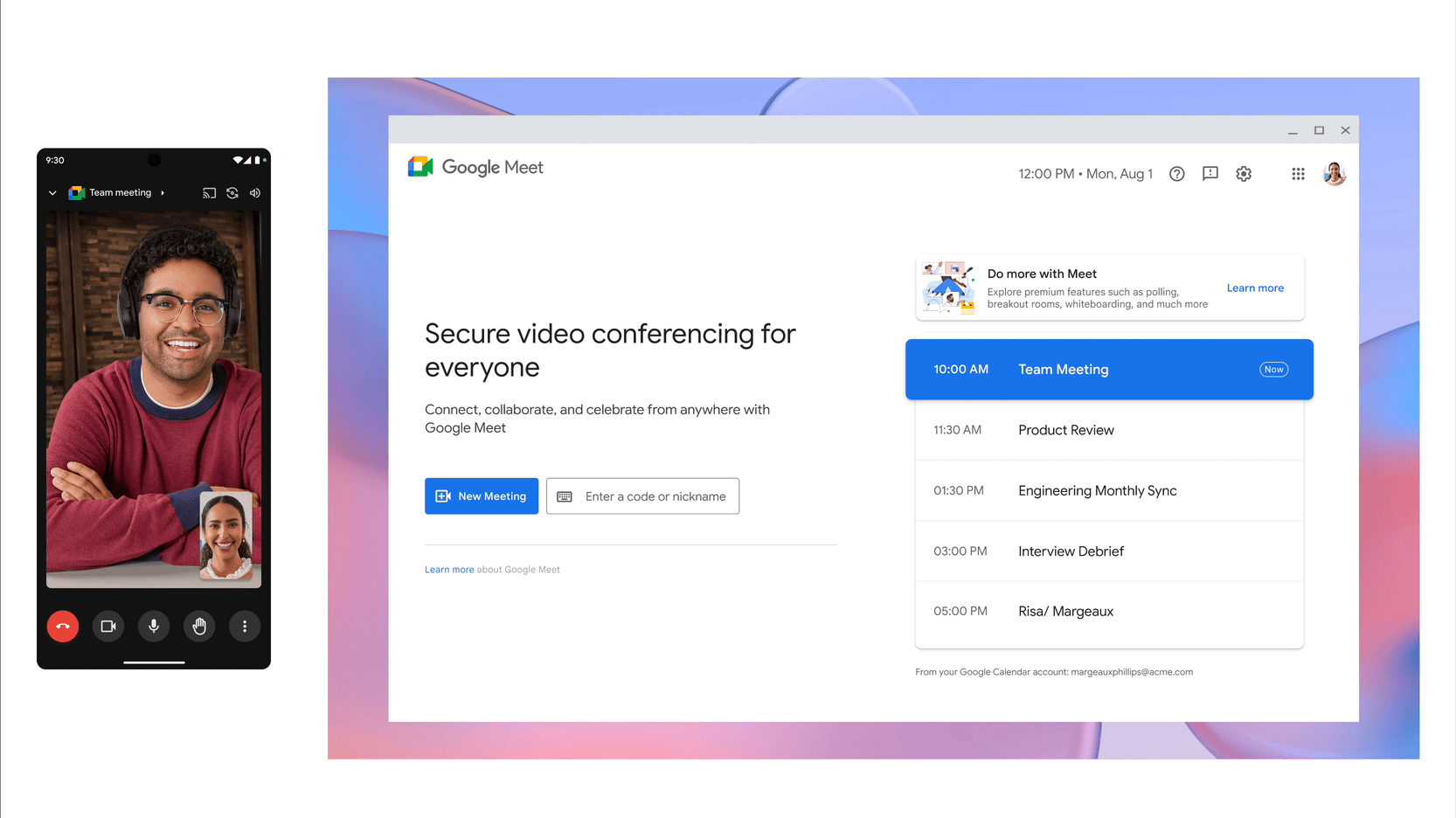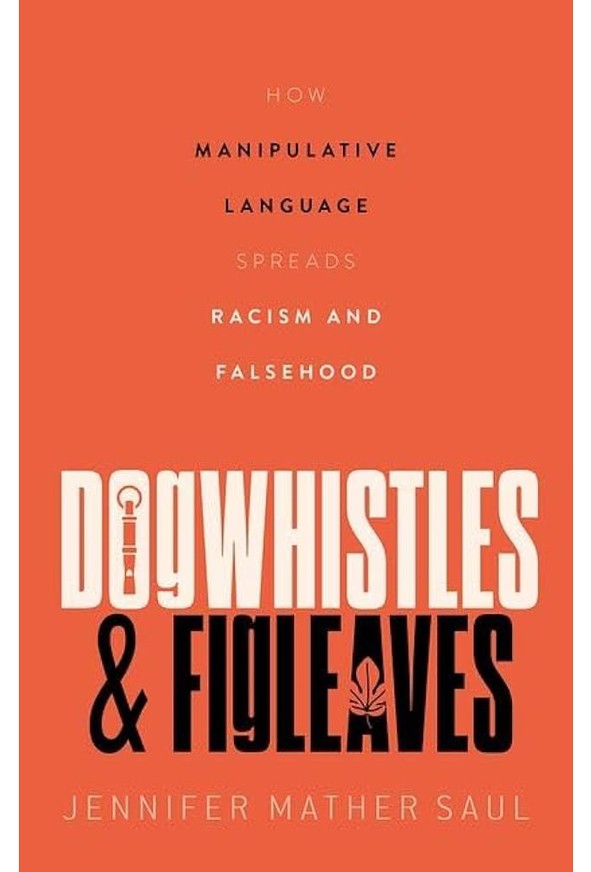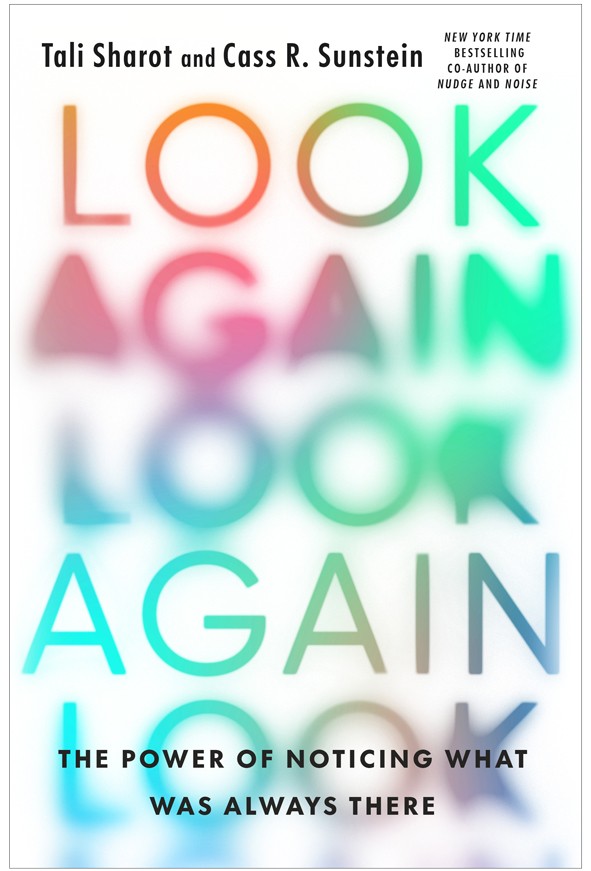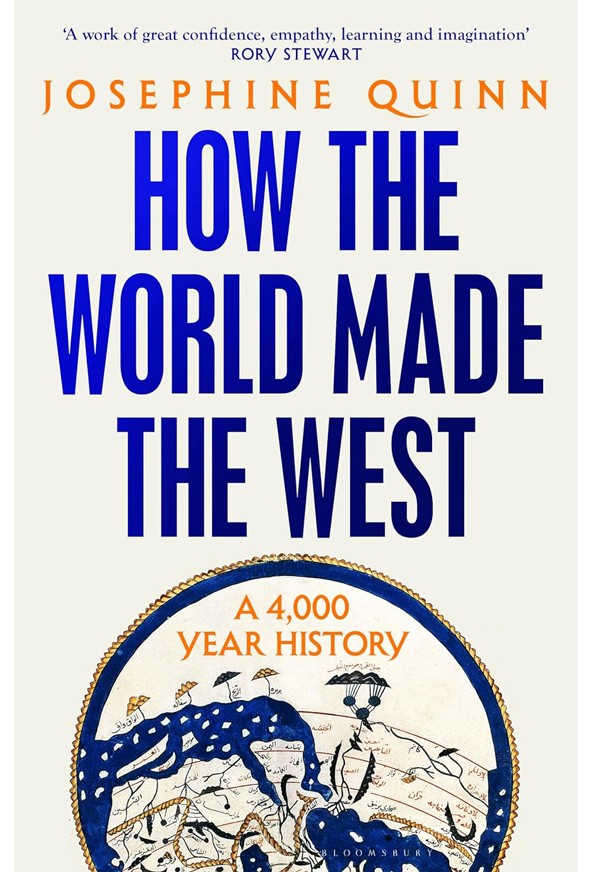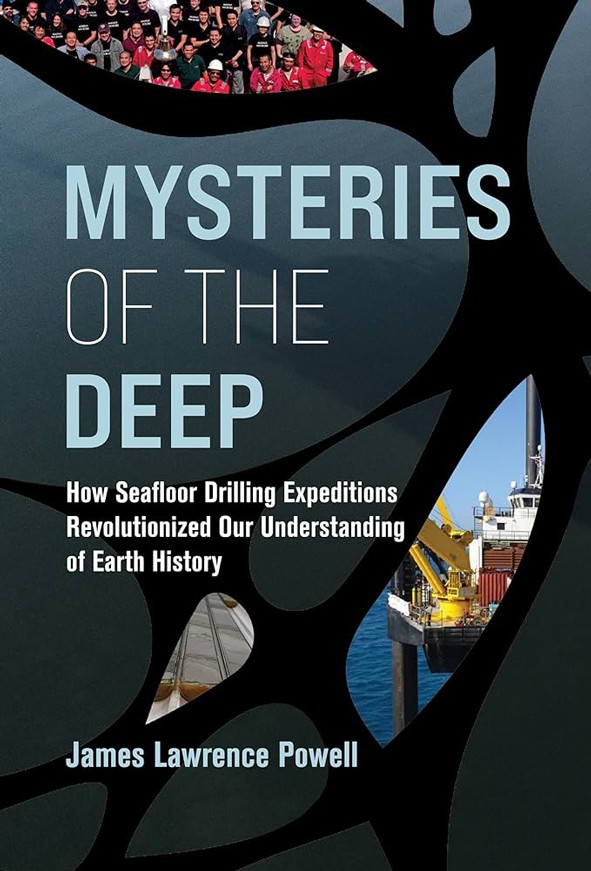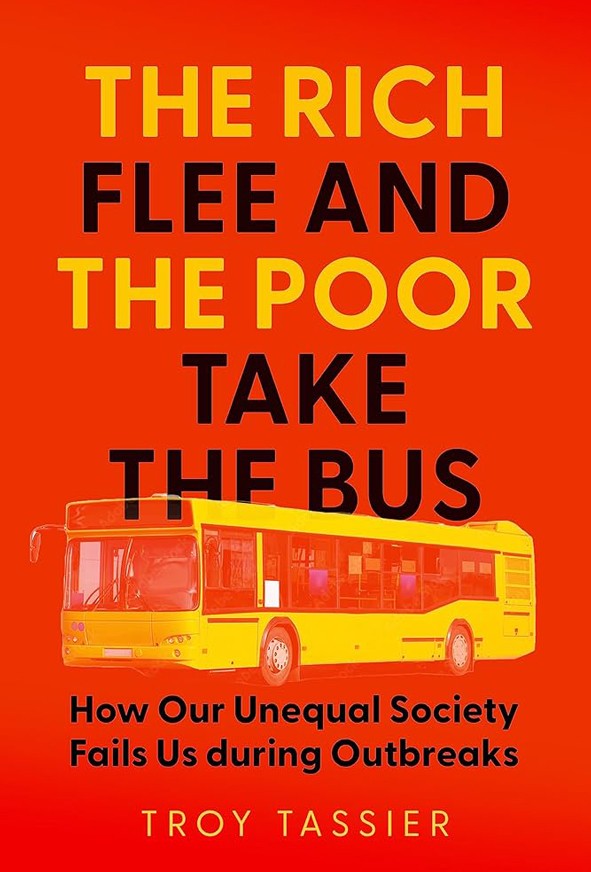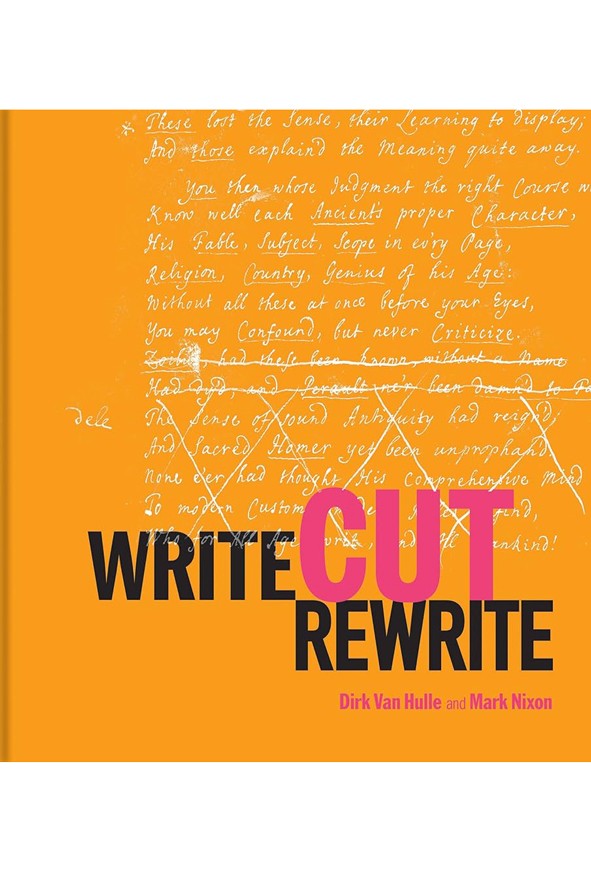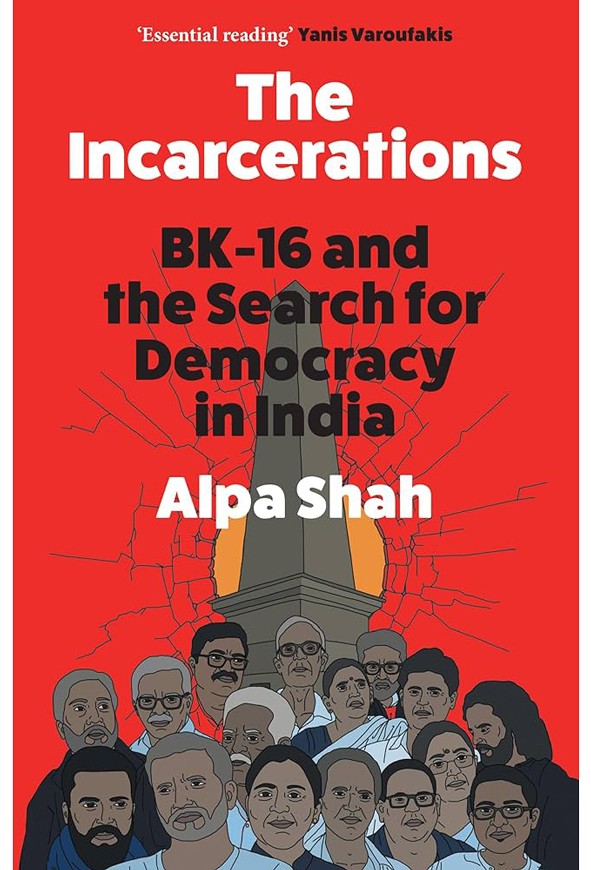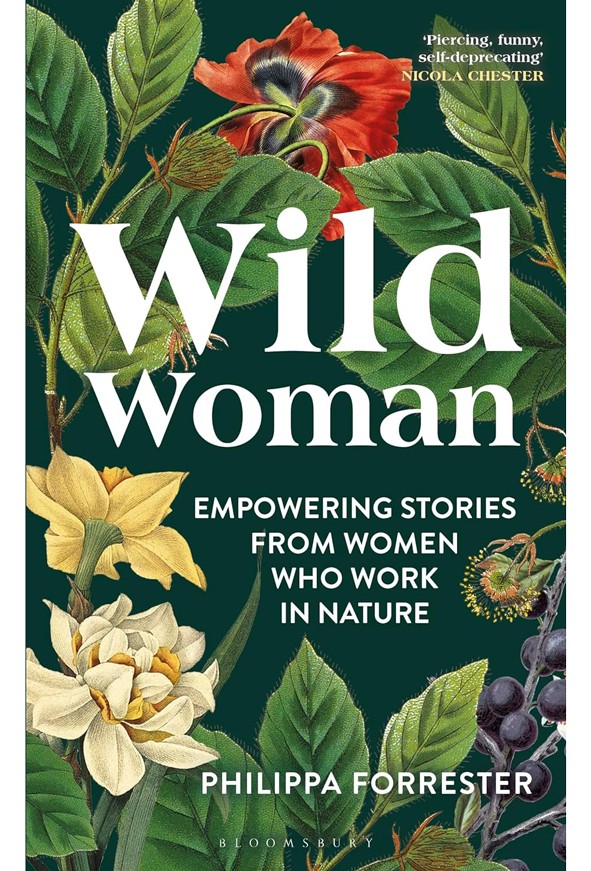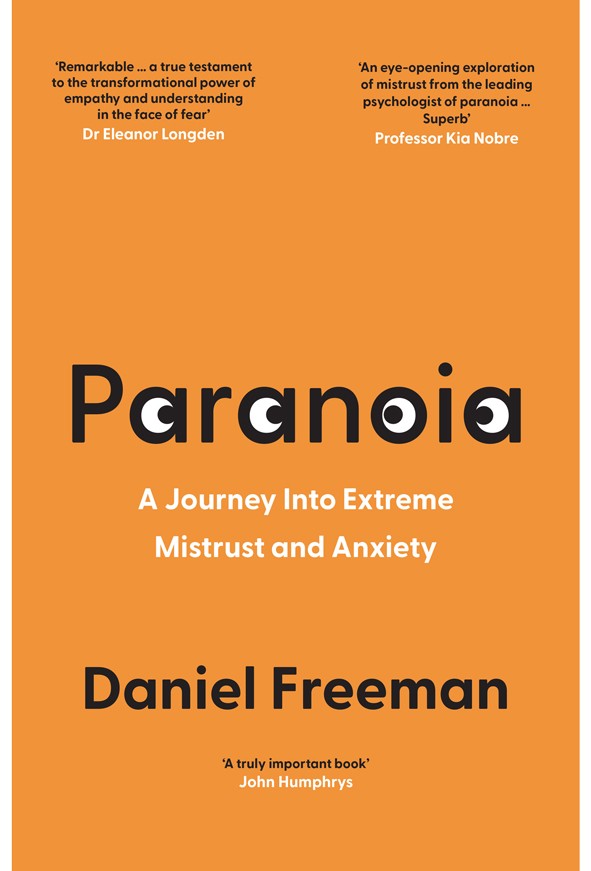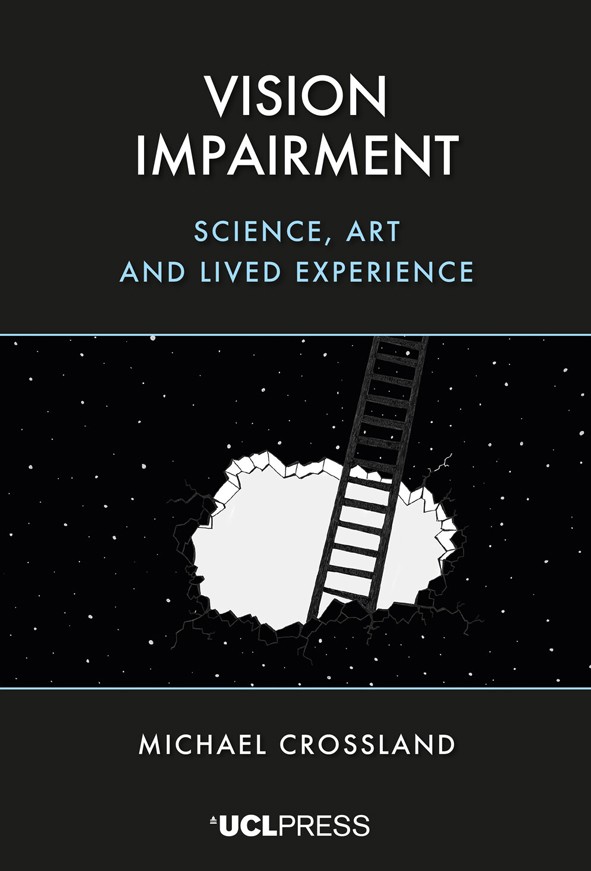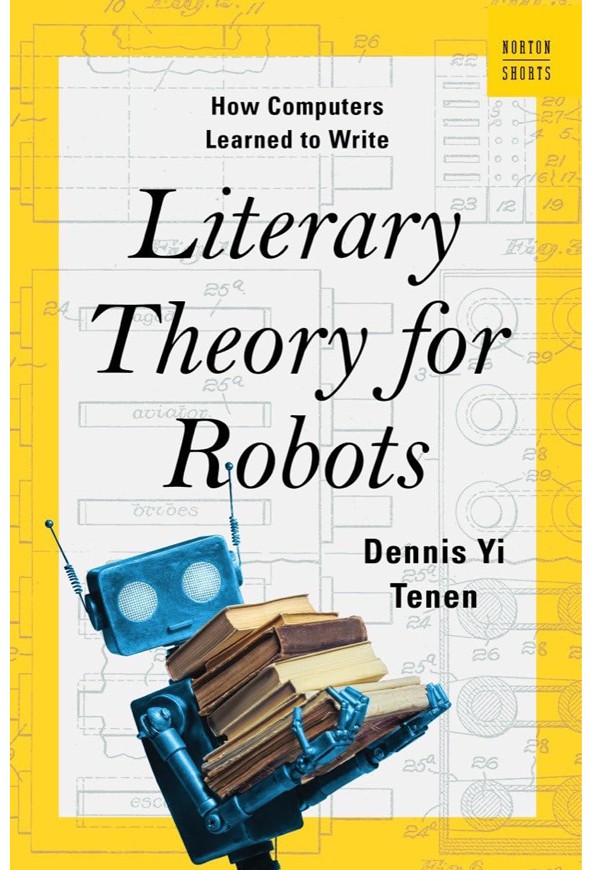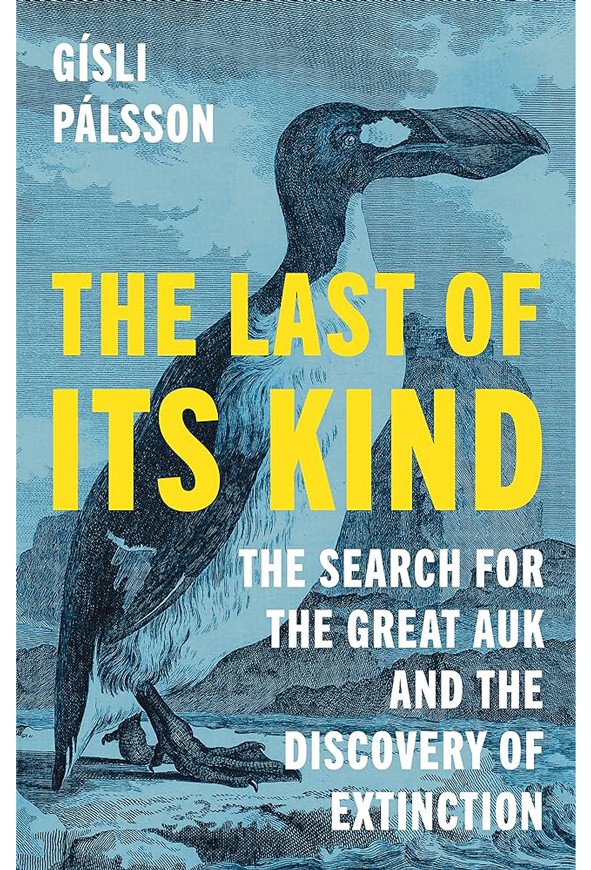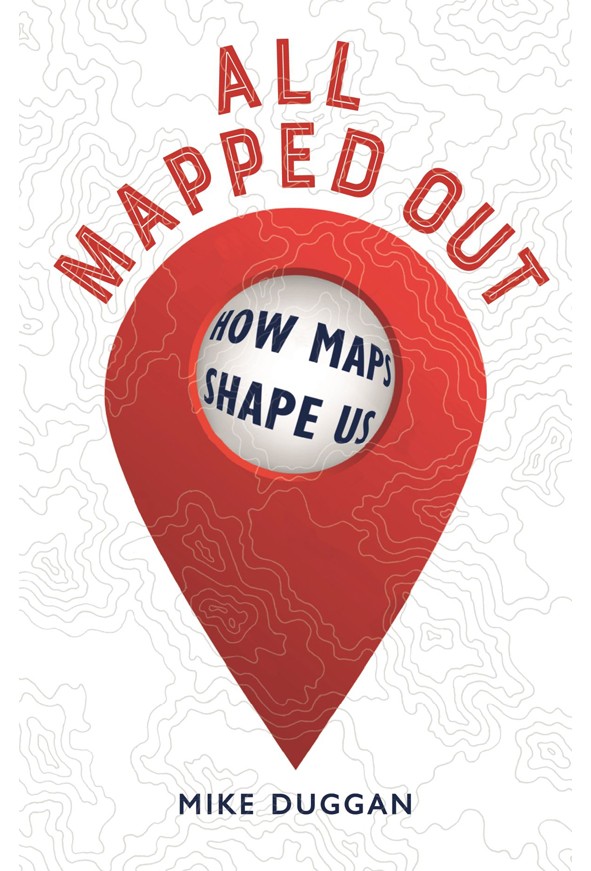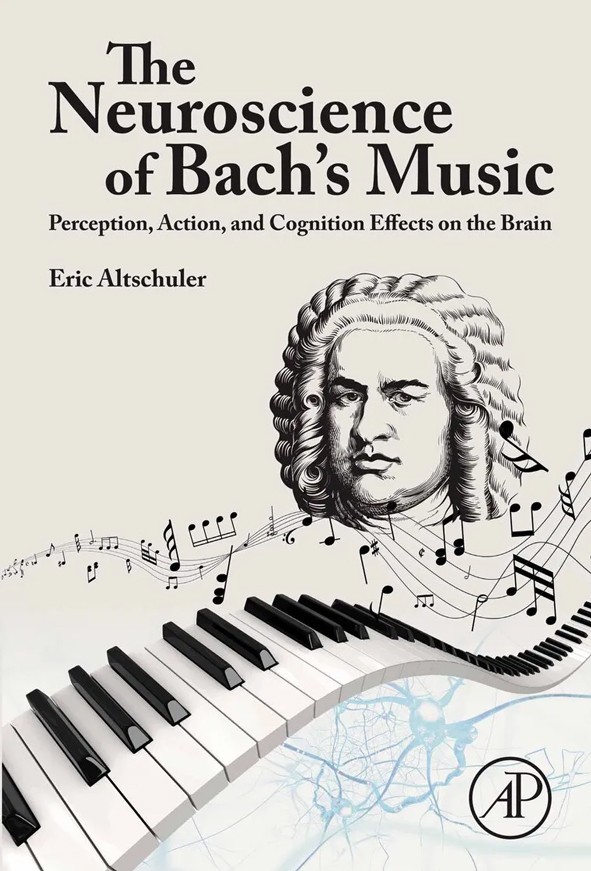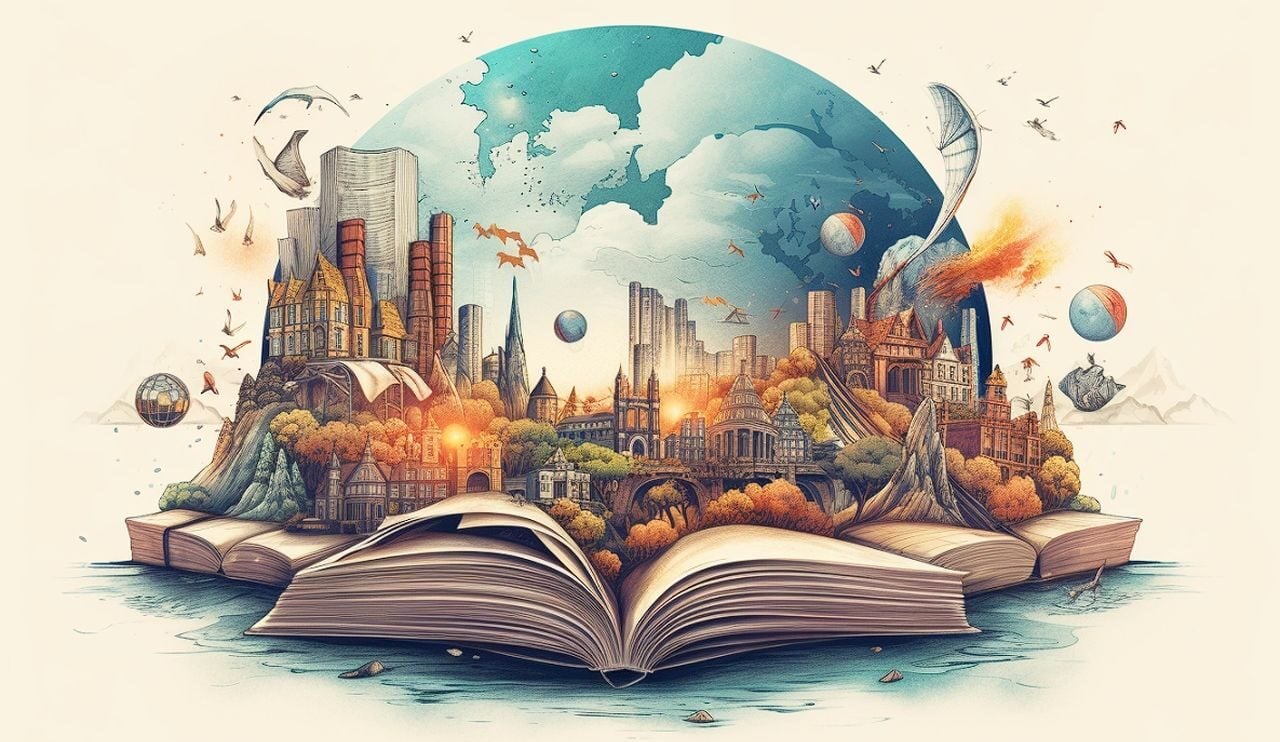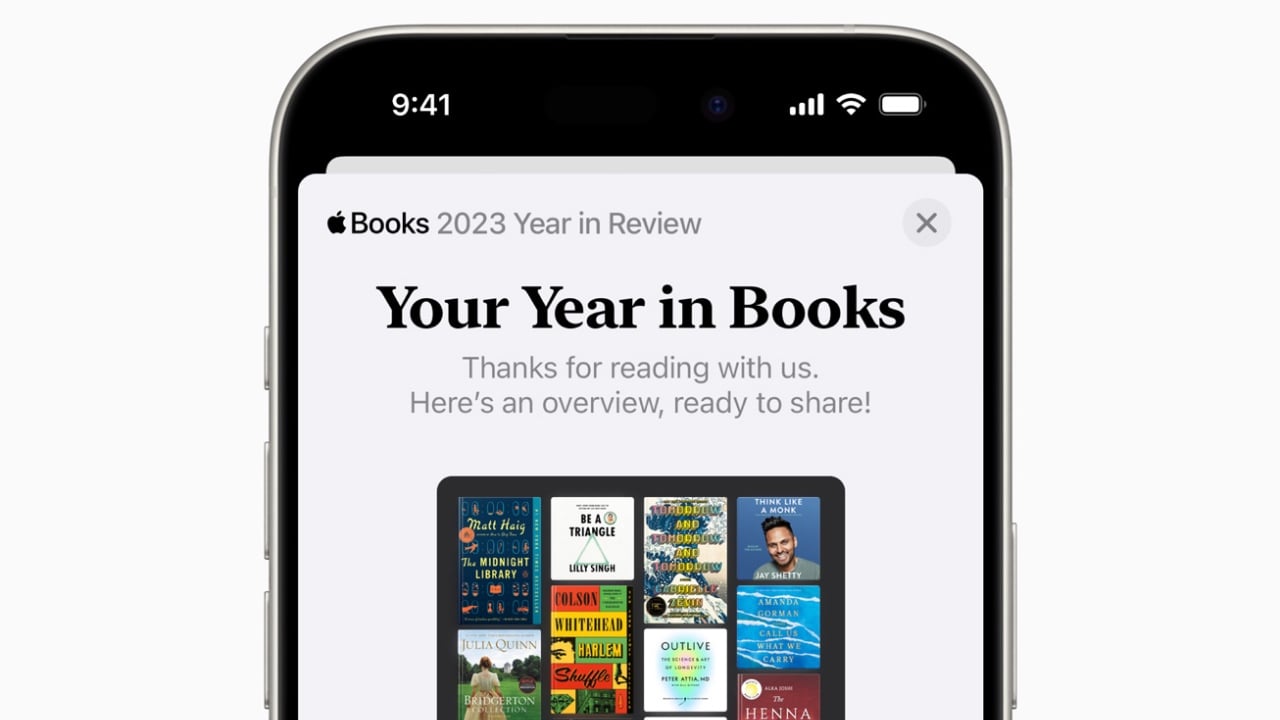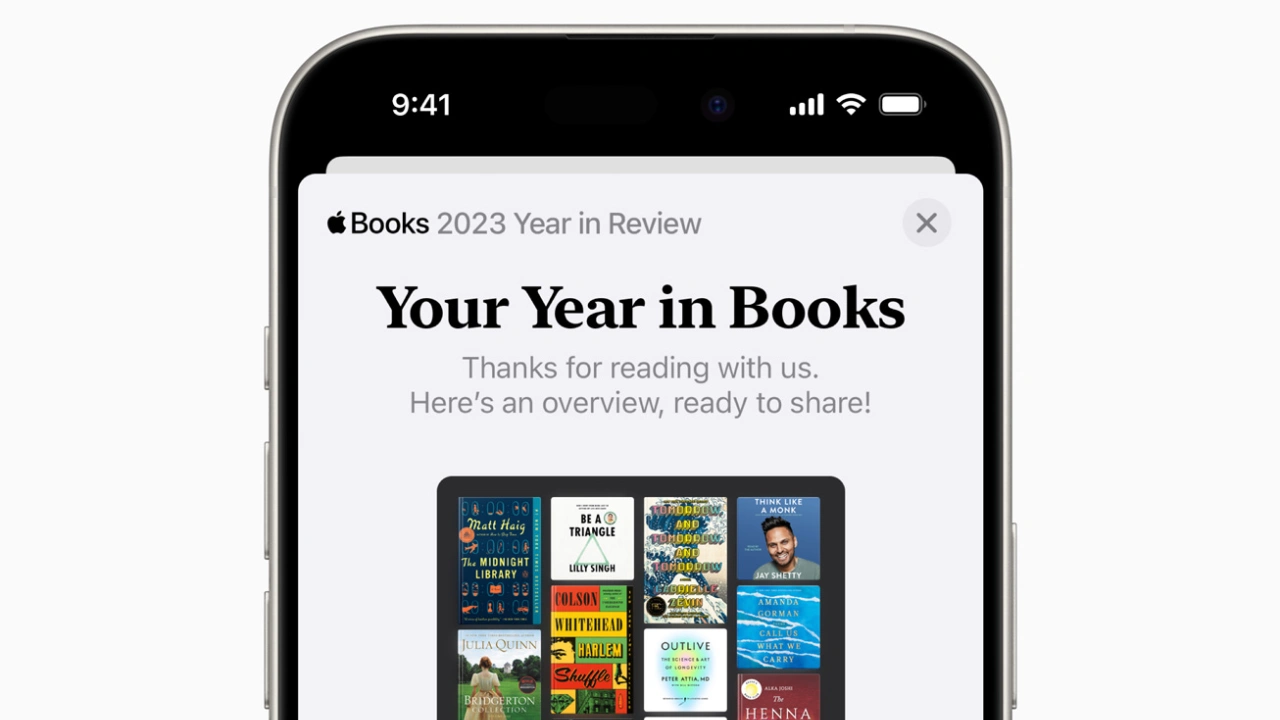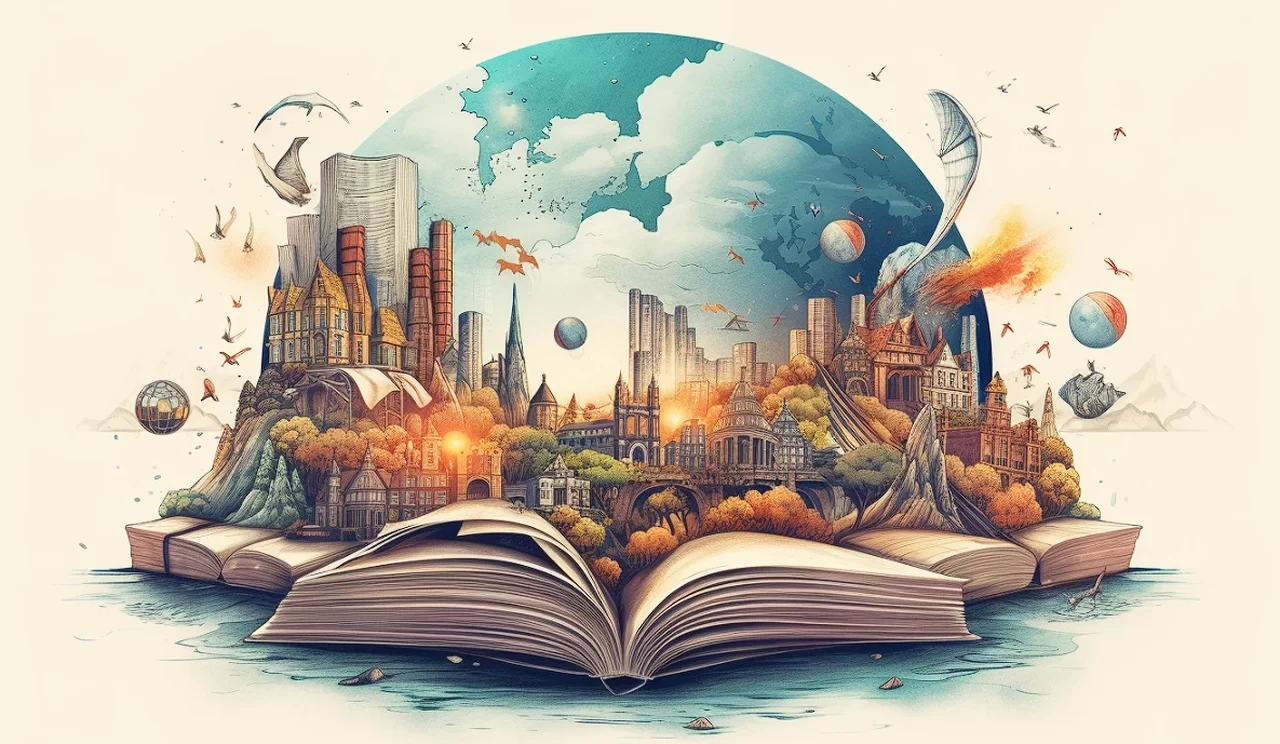
In the ever-evolving landscape of book writing, artificial intelligence (AI) has emerged as a powerful ally for authors. As we look ahead to 2024, it’s clear that the fusion of human creativity with the capabilities of AI can significantly enhance the writing process. Jason, a seasoned writer from Nerdy Novelist, shares his insights on how to effectively harness AI to not only streamline the writing journey but also to enrich the content of your next book.
Writing a book is no small feat. It requires a blend of inspiration, dedication, and hard work. With AI, writers can now delegate some of the more tedious tasks that often lead to burnout. This allows them to focus on the creative elements that are the heart and soul of their work. Imagine having a tool that takes care of the repetitive aspects of writing, freeing you to dive into the storytelling that sparked your passion in the first place.
Jason introduces a concept known as the fractal technique. This innovative approach helps writers expand a single idea into a full-fledged narrative. When combined with AI, the fractal technique becomes a powerful productivity booster. For instance, fiction writers can use AI to come up with unexpected plot twists, develop in-depth character profiles, and write engaging dialogue. On the other hand, non-fiction writers can rely on AI to gather data, create outlines, and organize information into coherent sections.
How to use AI to write books
In the realm of fiction, AI can play a pivotal role in crafting diverse storylines and adding depth to the descriptions that bring a story’s setting to life. For non-fiction, AI’s ability to analyze vast amounts of data can be invaluable. It can help authors identify the most relevant facts and figures to strengthen their arguments and provide a solid foundation for their work.
Here are some other articles you may find of interest on the subject of
However, it’s crucial for authors to critically evaluate the content produced by AI. While AI can generate a multitude of suggestions, it’s the author’s responsibility to ensure that the final product reflects their unique voice and maintains factual accuracy. This step is essential to preserve the originality and credibility of the book.
Jason advises adopting a structured approach to integrating AI into your writing. By breaking down the writing process into manageable steps, you maintain control over the narrative while utilizing AI for specific tasks within each phase. Alternatively, the “super prompt” method allows AI to generate entire chapters, which authors can then fine-tune to match their personal style.
It’s important to remember that AI is not a replacement for the author. Instead, it’s a tool that enhances writing capabilities, making it possible to produce more content in less time. By viewing AI as a collaborative partner, writers can improve their writing process and reach their publishing goals with greater creativity and efficiency.
Things to consider when using AI to write your book
As you embark on your book writing journey in 2024, consider AI as a supportive resource. Use it to handle the more demanding aspects of writing, apply the fractal technique to develop your ideas, and choose the strategy that best suits your genre. Always review the contributions of AI carefully, and select a writing method that complements your unique approach. By following these guidelines, you’ll be well on your way to crafting a book that captivates readers and stands the test of time.
- Understanding AI as a Tool, Not a Replacement:
- Recognize AI as an enhancement to the writing process, not a substitute for the author’s creativity and voice.
- Delegating Tedious Tasks:
- Use AI to handle repetitive aspects of writing, such as data gathering, grammar checks, and basic editing, to prevent burnout and focus on creative elements.
- Employing the Fractal Technique:
- Leverage AI to expand a single idea into a full narrative, especially useful in developing plot twists, character profiles, and dialogue in fiction.
- Data Analysis and Organization for Non-Fiction:
- Utilize AI for analyzing large datasets, creating outlines, and organizing information into coherent sections in non-fiction writing.
- Critical Evaluation of AI-Generated Content:
- Always review and refine AI suggestions to ensure they align with your unique voice and maintain factual accuracy, preserving originality and credibility.
- Structured Approach to AI Integration:
- Break down the writing process into manageable steps, using AI for specific tasks within each phase to maintain narrative control.
- The “Super Prompt” Method:
- Consider allowing AI to generate entire chapters or sections, which can then be fine-tuned to match the author’s style and tone.
- Enhancing Creativity and Efficiency:
- View AI as a collaborative partner that can help produce more content in less time, boosting both creativity and productivity.
- Choosing the Right Strategy for Your Genre:
- Tailor the use of AI to suit the specific needs of your genre, whether it’s fiction or non-fiction.
- Maintaining Authorial Vision and Originality:
- Ensure that the final product resonates with your vision and voice, making the book authentic and engaging for readers.
- Leveraging AI for Analytical Tasks:
- Use AI’s analytical capabilities to add depth to story settings in fiction and to support arguments with relevant data in non-fiction.
- Preparing for the Future of Book Writing:
- Stay informed about evolving AI technologies and techniques that can further enhance the book writing process.
- Creating Enduring and Innovative Work:
- Aim to produce work that is not only innovative, thanks to AI assistance, but also enduring in its appeal and relevance to readers.
The potential of AI in book writing is immense, and as we move forward, it’s becoming increasingly clear that the synergy between a writer’s creative mind and the analytical power of AI can lead to exceptional outcomes. Whether you’re penning a gripping novel or an informative piece of non-fiction, the strategic use of AI can be a game-changer. It’s not about letting technology take the reins, but rather about leveraging it to enhance your natural storytelling abilities.
In the end, the goal is to create a book that not only resonates with readers but also remains true to your vision as an author. With AI as your assistant, you can navigate the complexities of writing with greater ease and confidence. The future of book writing is bright, and by embracing AI, you can make your mark in the literary world with a work that is both innovative and enduring.
Filed Under: Guides, Top News
Latest timeswonderful Deals
Disclosure: Some of our articles include affiliate links. If you buy something through one of these links, timeswonderful may earn an affiliate commission. Learn about our Disclosure Policy.
